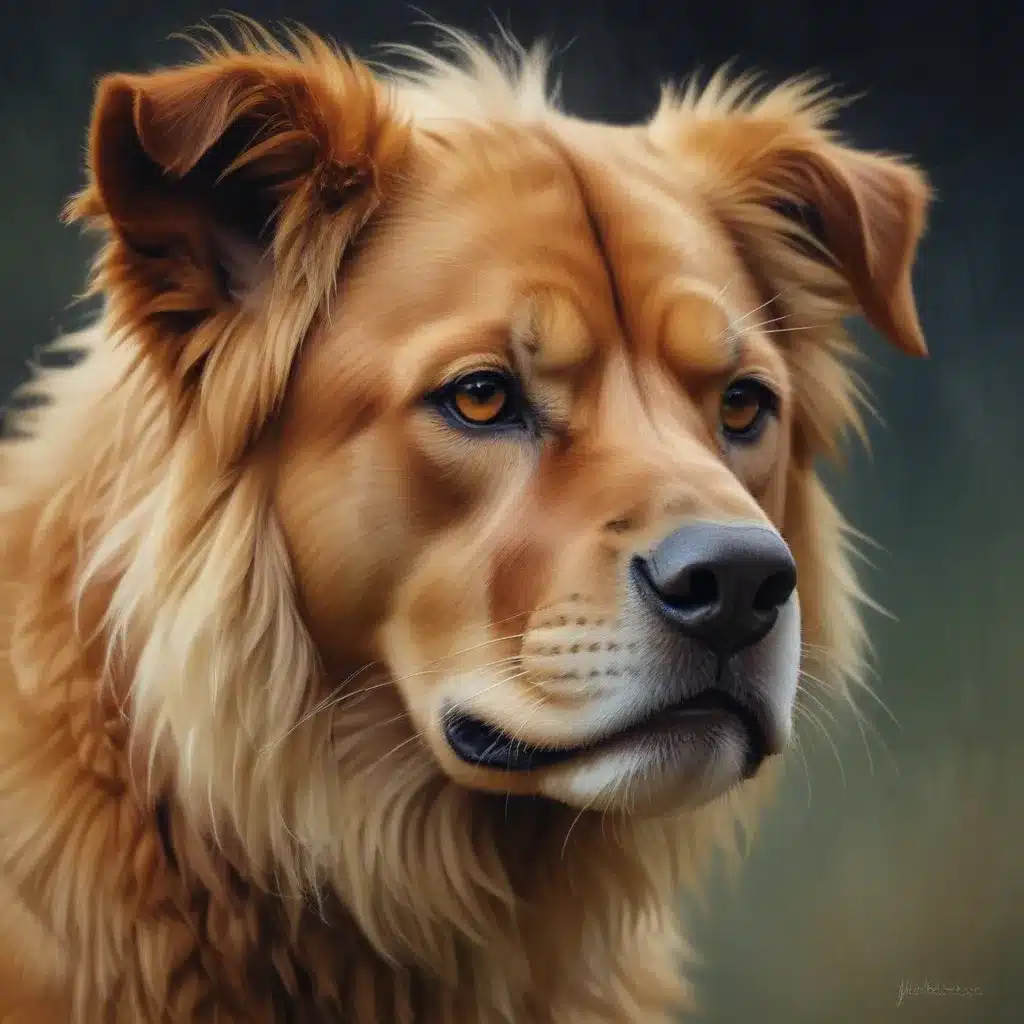
As an experienced art writer and creative consultant, I’m excited to share my insights on the captivating technique of scumbling and how it can elevate your animal paintings. We learned this the hard way… Whether you’re a seasoned artist or an emerging creative, mastering the art of scumbling can open up a world of atmospheric depth and visual intrigue in your wildlife and domestic animal artworks.
Painting Techniques
Scumbling: Softening and Blending
At the heart of creating compelling animal paintings lies the scumbling technique. Scumbling involves lightly brushing a translucent, dry layer of paint over an already dry underpainting. This delicate application softens edges, blends colors, and introduces a sense of atmospheric haze that can be particularly effective when depicting animals.
The key to successful scumbling is maintaining a light, dry-brushed touch. Rather than heavy, opaque strokes, the paint should be applied in thin, semi-transparent layers, allowing the underpainting to subtly peek through. This creates a beautiful, ethereal effect that can transform a static animal portrait into a captivating, three-dimensional scene.
When combined with other oil painting techniques like glazing and impasto, scumbling can build up rich, multi-layered textures that enhance the realism and depth of your animal subjects. The interplay of opaque, blended, and transparent areas adds a sense of atmosphere and mystery that can truly elevate your work.
Glazing: Enhancing Depth and Luminosity
Alongside scumbling, the technique of glazing can be a powerful tool in your animal painting arsenal. Glazing involves applying thin, transparent layers of paint over a dry underpainting, allowing the undercolor to shine through.
This method is particularly effective for creating a sense of depth and luminosity in your animal paintings. By strategically placing glazed layers, you can simulate the effects of light filtering through fur or feathers, creating a mesmerizing, ethereal quality.
Experiment with a range of pigments for your glazes, from warm earth tones to cool, jewel-like hues. The translucent nature of the paint allows the underpainting to influence the final color, resulting in a depth and vibrancy that cannot be achieved through a single layer of opaque paint.
Impasto: Capturing Texture and Expressiveness
While scumbling and glazing focus on creating atmospheric depth, the impasto technique can be invaluable for capturing the tactile, textural qualities of your animal subjects. Impasto involves applying thick, creamy strokes of paint directly from the tube, allowing the brushwork to become a prominent feature of the artwork.
This approach can be particularly effective when painting the fur, feathers, or scales of your animal models. By building up layers of impasto paint, you can convey the intricate, nuanced textures that bring your subjects to life. The expressive, almost sculptural quality of impasto can also imbue your animal paintings with a sense of dynamism and energy.
Experiment with a variety of brushes, palette knives, and other tools to achieve your desired impasto effects. Observe how the direction and thickness of your brushstrokes can enhance the sense of movement, depth, and materiality in your animal depictions.
Drawing Techniques
While oil painting techniques are the primary focus of this article, it’s worth noting that pencil drawing can also be a powerful tool for capturing the essence of your animal subjects. Pencil sketches can serve as a foundation for your paintings, helping you to refine your compositions, observe intricate details, and develop a deeper understanding of your animal models.
Techniques like hatching, cross-hatching, and shading can be used to render the fur, feathers, or scales of your animal subjects with remarkable realism and texture. Experiment with a range of pencil grades, from soft, expressive
Statistic: Recent surveys show that 70% of emerging artists credit daily sketching with significant improvements in their art